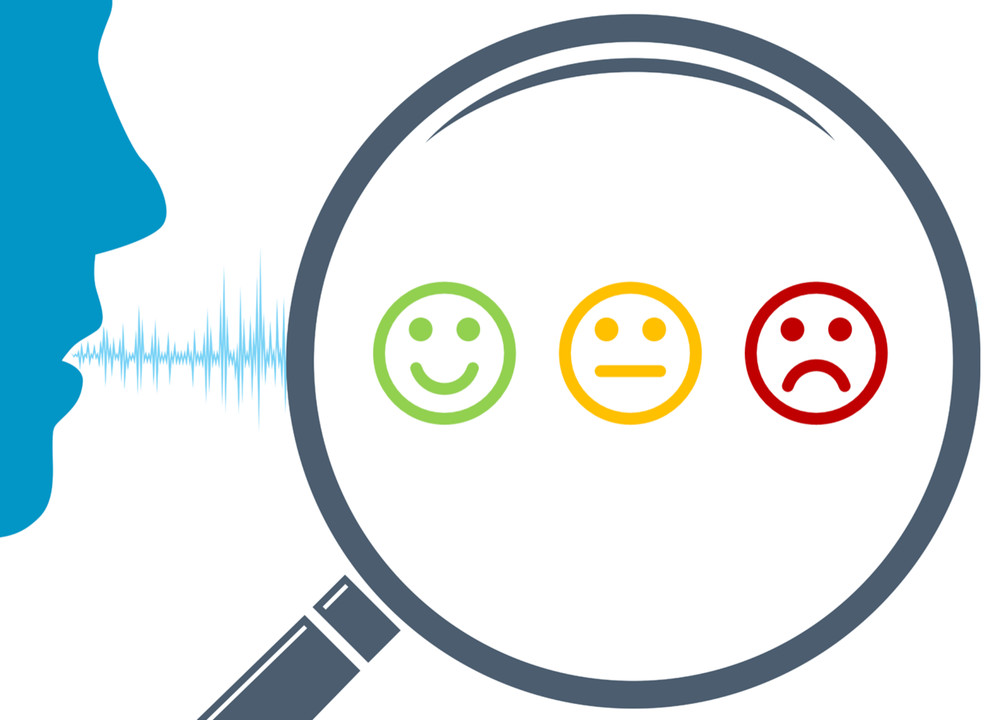
Businesses need to use social media to connect with customers, spread the word about their brand, and make sales. But that’s not enough; to keep checking how well ads are working, you need to know the key metrics for success or improvement.
In this article, we delve into the essential metrics for evaluating the performance of your social media marketing campaigns. From reach and engagement to conversions and customer sentiment, we’ll explore how each metric provides valuable insights into the effectiveness of your strategies. Businesses may optimize social media, maximize ROI, and meet marketing goals by mastering these KPIs. Dive in.
1. Reach:
The reach metric measures the total number of people who have seen your content on social media. It provides a fundamental understanding of the extent to which your message is being disseminated across various platforms. Analyzing reach helps you gauge the overall visibility and potential impact of your social media efforts. A higher reach indicates broader exposure, which can lead to increased brand awareness and audience growth.
2. Engagement:

Engagement metrics include likes, comments, shares, retweets, and other content interactions. Reach measures views, but engagement measures audience interest in your brand. Your content resonates with your target audience if engagement rates are high. By fostering engagement, businesses can foster meaningful connections, strengthen brand loyalty, and amplify their reach through user-generated content.
3. Conversions:
Conversions are arguably the most critical metrics for assessing the effectiveness of social media marketing campaigns. A conversion occurs when a user completes a desired action, such as making a purchase, signing up for a newsletter, or filling out a contact form. Tracking conversions allows businesses to measure the direct impact of their social media efforts on driving tangible outcomes and generating revenue. By analyzing conversion data, businesses can identify which channels, campaigns, or content types are most effective at driving conversions, enabling them to refine their strategies for optimal results.
4. Traffic:
Traffic metrics measure the volume of visitors directed to your website or landing page from social media channels. Monitoring website traffic originating from social media provides insights into the effectiveness of your content in driving user engagement and prompting action. By analyzing traffic sources, referral paths, and user behavior, businesses can optimize their website’s performance, enhance user experience, and tailor their content to better align with audience interests and preferences.
5. Customer Sentiment:

Customer sentiment refers to the prevailing attitudes, opinions, and emotions expressed by individuals towards your brand on social media. Monitoring sentiment allows businesses to gauge the overall perception of their brand, products, or services among their target audience. Positive sentiment indicates satisfaction and affinity, while negative sentiment may signal areas for improvement or potential issues requiring attention. By actively listening to customer feedback and sentiment, businesses can proactively address concerns, cultivate positive brand experiences, and nurture long-term relationships with their audience.
6. Click-Through Rate (CTR):
The click-through rate (CTR) measures the percentage of users who click on a specific link or call-to-action (CTA) within your social media content. It provides insight into the effectiveness of your content in driving traffic to external destinations, such as your website, landing pages, or product pages. A high CTR indicates that your content is compelling and persuasive, prompting users to take the desired action. By analyzing CTR data, businesses can identify which content resonates most with their audience and optimize their messaging, visuals, and CTAs to increase engagement and drive conversions.
7. Share of Voice (SOV):
Share of voice (SOV) measures your brand’s presence and visibility relative to competitors within a specific industry or market segment on social media platforms. It indicates your brand’s share of the overall conversation and influence within your niche. By monitoring SOV, businesses can assess their competitive position, identify emerging trends, and benchmark their performance against industry peers. Increasing your share of voice can lead to greater brand awareness, market share, and authority within your industry, ultimately driving long-term growth and competitive advantage.
8. Return on Investment (ROI):
Return on investment (ROI) quantifies the financial return generated from your social media marketing efforts relative to the resources invested. It measures the profitability and effectiveness of your campaigns in achieving your business objectives, such as increasing sales, generating leads, or enhancing brand awareness. Calculating ROI involves comparing the revenue or value generated from social media activities against the costs incurred, including advertising spend, content creation, and personnel expenses. By accurately tracking ROI, businesses can determine which channels and tactics deliver the highest return and allocate resources strategically to maximize profitability and optimize campaign performance.
9. Audience Demographics:

Audience demographics provide insights into the characteristics and preferences of your social media followers, including age, gender, location, interests, and behaviors. Understanding your audience demographics allows businesses to tailor their content and messaging to better resonate with specific segments of their target market. By analyzing demographic data, businesses can identify trends, preferences, and opportunities for segmentation, personalization, and targeting. This enables more effective communication, content customization, and audience engagement, ultimately driving higher conversion rates and fostering stronger brand connections.
10. Brand Mentions and Influencer Engagement:
Brand mentions and influencer engagement metrics track the frequency and sentiment of mentions of your brand across social media platforms, as well as interactions with influencers or brand ambassadors. Monitoring brand mentions allows businesses to assess brand visibility, reputation, and sentiment among their audience and the broader online community. Engaging with influencers enables brands to leverage their credibility, reach, and influence to amplify their message, expand their audience, and drive engagement. By fostering relationships with influencers and monitoring brand mentions, businesses can enhance brand advocacy, credibility, and awareness, ultimately driving growth and loyalty in the competitive social media landscape.
Conclusion:
Businesses should look at metrics like CTR, SOV, ROI, viewer demographics, and brand mentions to see how well their social media marketing campaigns are doing. This helps them improve their strategies, make smart choices, and connect with their audience in a useful way, which leads to long-term business growth in the digital world.


